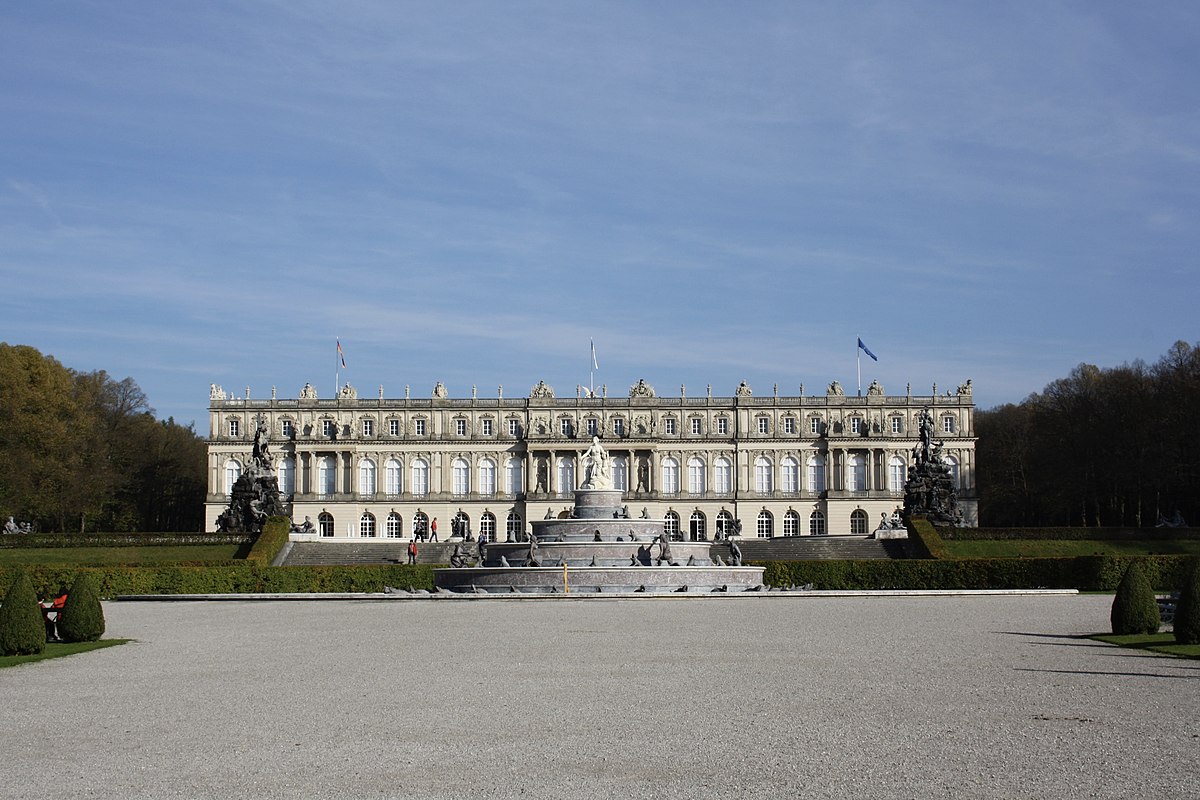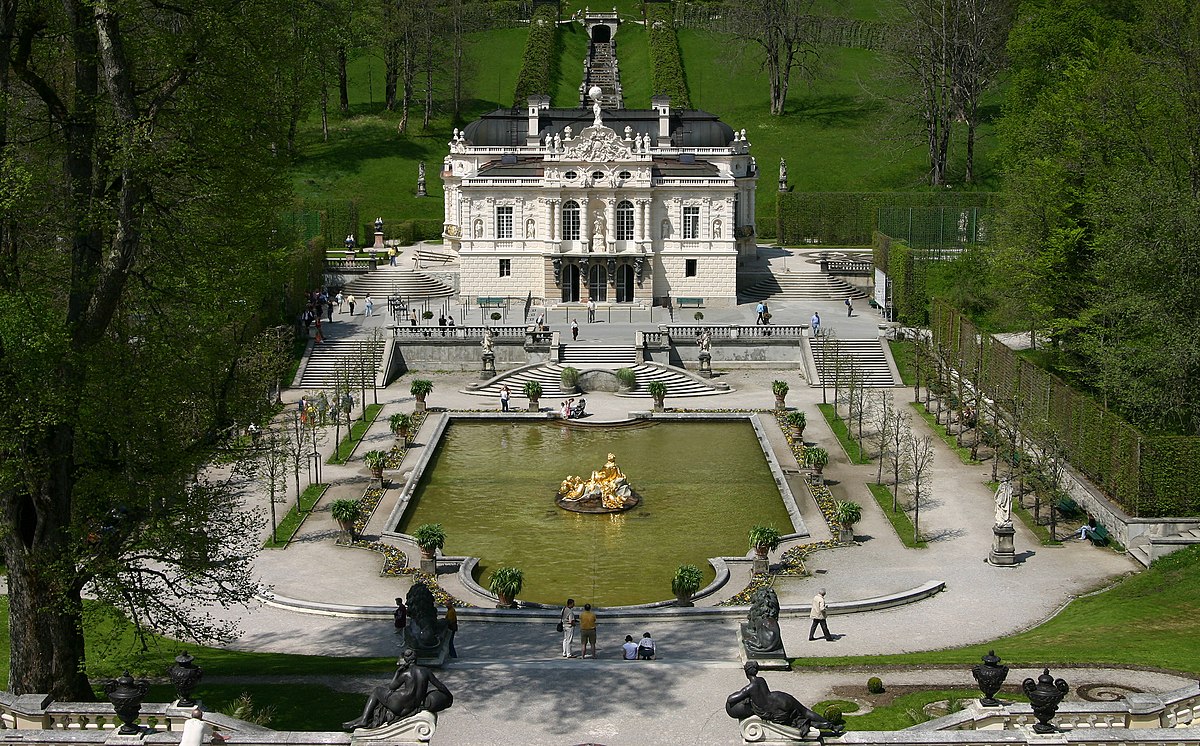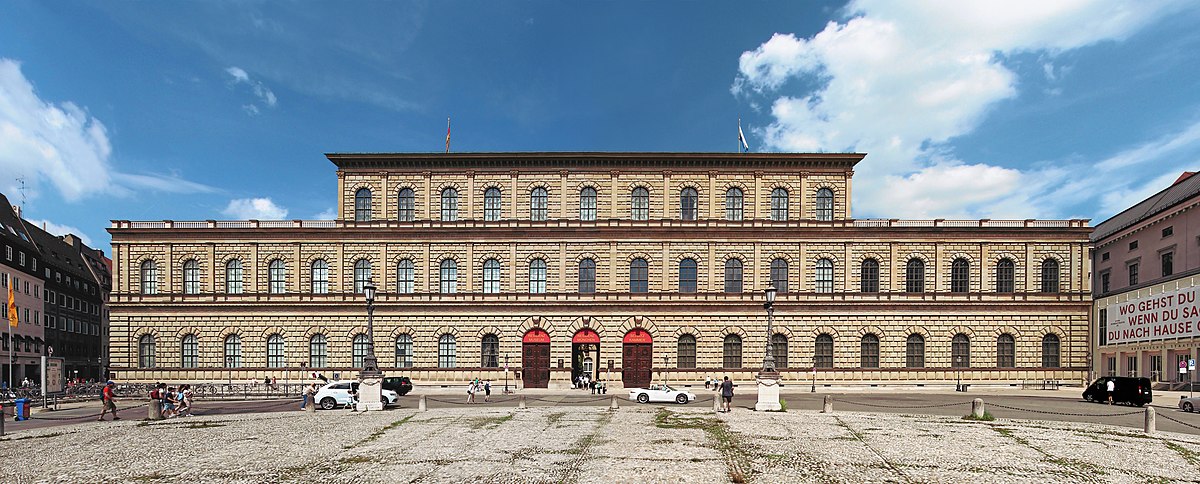Lucy Duff Gordon Born, 1863
 |
| Lady Duff Gordon |
She was born Lucy Christiana Sutherland in 1838, the daughter of a civil engineer and his wife. She had one sister, Elinor Glyn, who would later become famous in her own right, as the author of risqué novels. She married at the age of 21, to an alcoholic she would divorce nine years later. Following the divorce, Lucy took to dressmaking as a way to support herself and her daughter, Esme.
Lucy began her business from her home, but within a year she had opened Maison Lucile in the fashionable West End of London. Her fashions were popular with the theater crowd and with the aristocracy, in part because she attempted to incorporate the personality of the wearer into her designs. She favored flowing, draped styles in soft colors, often decorated with her handmade silk flowers, but more tailored daywear styles were also part of her line.
 |
| One of her designs. ©VAwebteam/Wikimedia Commons |
In 1900, Lucy married Sir Cosmo Duff Gordon, and was then styled Lucy, Lady Cosmo Duff. Her husband was a baronet, and was well-known as an athlete and sportsman. He had even represented Great Britain in fencing in the 1906 Summer Olympics and the 1908 Olympics.
In 1912 Lady Duff Gordon was summoned from France to the New York on urgent business. Almost at the last minute, she and her husband booked passage on the RMS Titanic. Lucile, her husband, and her secretary all escaped in Lifeboat 1, which was the fifth to be launched. The lifeboat -- which was designed to hold 40 people -- launched with only 12, seven on whom were crewmen.
 |
| Cosmo Duff Gordon |
The press jumped on the allegations and reported them widely. Hearings held by the British Board of Trade cleared the Duff Gordons from any wrongdoing, but Cosmo remained haunted by the allegations for the rest of his life.
Three years after the sinking of the Titanic, Lucile Duff Gordon booked passage on another ocean liner, the RMS Lusitania. Fortunately for her, she became ill and cancelled her trip. It was the last voyage of the Lusitania, which was sunk by the Germans on May 7, 1915.
Lucile outlived her husband by exactly four years, dying of breast cancer and pneumonia on April 20, 1935, at the age of 71.
Death of Mad King Ludwig II, 1886
 |
| Ludwig II of Bavaria |
King Ludwig II of Bavaria certainly had more than his share of behavioral tics. He was painfully shy, sometimes fortifying himself with up to 10 glasses of champagne before he could force himself to attend a State Dinner. At balls he would hide behind screens and order the music to be played loudly enough to make conversation impossible. He heard footsteps and voices that no one else could hear, and he had a favorite tree that he bowed to whenever he passed.
With his servants he was more at ease, and he arranged moonlit picnics where everyone played blind man's bluff and especially handsome grooms were told to strip naked and dance with each other. At other times he beat his servants unmercifully -- there were at least 30 documented cases of abuse, including one account of a frail lad who had died following a beating. (It was not established that he died because of the beating, however.)
Ludwig is probably best remembered today because of the elaborate castles he ordered built. He built them with his own money, but there were still adverse consequences for Bavaria. When his own money was gone, he borrowed, and at one point he was at least 14 million marks in debt. He sought more money, sending servants out to ask the Shah of Iran, the Sultan of Constantinople, the Emperor of Austria, and the King of Norway and Sweden for loans. (The servants didn't follow their orders.) When that failed, he attempted to find men who would break into banks for him.
Ludwig's most famous castle is the Neuschwanstein Castle, a fairy tale setting that inspired the design of Disneyland's Sleeping Beauty Castle. Almost as famous is Herrenchiemsee, based on the design of the palace at Versailles. And then there was the new palace at Linderhof, built in the Rococo style. He also improved his apartments at the Munich Residenz, the traditional palace of the Bavarian monarchs, and added a conservatory on the palace roof.
 |
| Neuschwanstein Castle |
 |
| Herrenchiemsee ©Michimaya/Wikimedia Commons |
 |
| LInderhof ©Softeis/Wikimedia Commons |
 |
| Munich Residenz ©MagentaGreen/Wikimedia Commons |
Eventually Ludwig was deposed and confined to Castle Berg, located on Lake Starnberg, just south of Munich. Ludwig's uncle, Prince Luitpold, was declared regent, since Ludwig's only brother had been declared insane years before. On the evening of June 13, 1886, Ludwig and Dr. Bernard von Gudden, a psychiatrist, took a walk along the shore of the lake. When they did not return by 8:00 pm, a search was launched. At about 11:00 pm the bodies of both men were found floating in the lake, somewhat near the shore.
Ludwig's death was ruled a suicide by drowning, but no one knows exactly what happened that night. A fisherman, Jacob Lidi, left papers that were discovered after his death stating that he had seen the king killed by a single gunshot. Other theories hold that Ludwig may have been trying to swim the lake in order to escape, and had a heart attack or stroke, brought on by the frigid water.
Ludwig's uncle, Luitpold, remained regent after Ludwig's death, since Otto, Ludwig's brother, was not considered fit to rule. Luitpold's son, also called Ludwig, succeeded him, but then declared the regency at an end, and announced himself King Ludwig III of Bavaria.
In a strange twist of fate, the castles that were considered so extravagant during Ludwig's lifetime now attract millions of tourists every year, and are a significant source of income to the region.
No comments:
Post a Comment